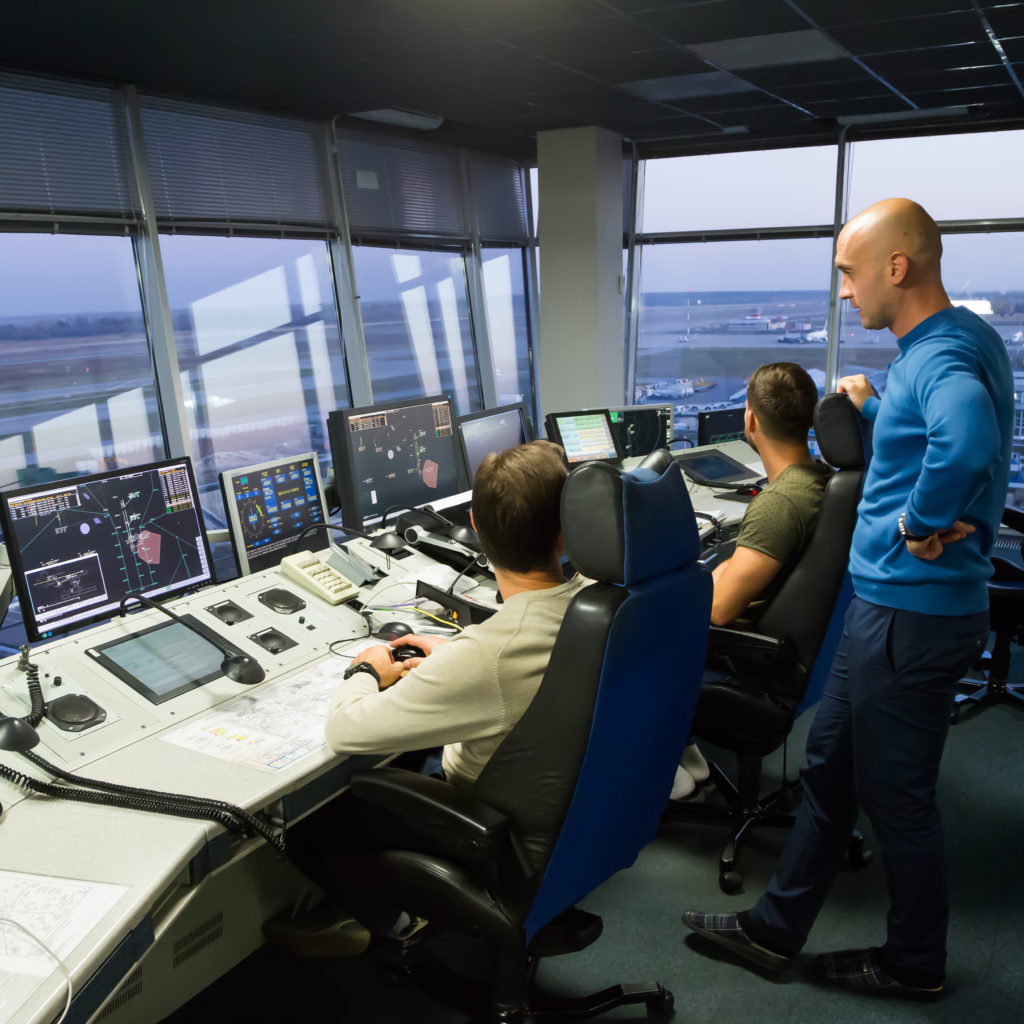Starting January 2023, drones may fly in U-Space Airspaces, performing medium and high risk operations. Design Substantiation Plan, Certification Plan bring flight testing activities in the spotlight. What about UAV professional testing activities? What are the Flight Test Centre trends ?
Full set of regulatory framework for the U-Space Airspace has been issued 2 weeks ago: Requirements for manned aviation operating in U-Space Airspace, requirements for providers of ATM in the U-Space Airspace designated in controlled airspace and of course the regulatory framework for the U-Space.
Previously, beginning of April, EASA published guidance explaining the process for the design verification of drones used in operations classified in the medium risk (i.e. SAIL III and IV according to SORA).
We have to remember that when drone is used in operations classified as high risk (i.e. SAIL V and VI according to SORA), EASA will issue a type certificate according to Part 21.
The ‘certified’ category caters for the operations with the highest level of risk. Air taxi, for example, will fall into this category. The approach used to ensure the safety of these flights will be very similar to the one used for manned aviation : these aircraft will always need to be certified (i.e. have a type certificate and a certificate of airworthiness), the UAS operator will need an air operator approval issued by the competent authority and the remote pilot is required to hold a pilot licence.
All these documents published recently, giving guidance and requirements, give us a better view of which evidences shall be collected in the associated substantiation plans.
Therefore, the next questions are : where shall these evidences be collected? what about UAV flight test centers? What are the trends?
Some countries are investing in Flight Test Centers, considering the forecoming drone testing activities as field for flight test specialists and advanced flight test means. Australia launched Cloncurry 5 months ago, Germany launched Cochstedt one month ago, and Canada will launch Qualia within a few weeks.
Germany opened one month ago the National Experimental Test Centre for Unmanned Aircraft Systems.
This 15M€ DLR Centre, on Cochstedt site , combines skills and expertise for the development of unmanned aircraft systems. Decided in 2018, it is be accessible for users ranging from start-ups to established air transport industry companies for research and testing under realistic conditions in a controlled environment.
Test campaigns for the first projects are already taking place in Cochstedt, with final flight testing for DLR’s City-ATM (Air Traffic Management) research project planned to take place during the summer. For the final City-ATM flight campaign several drones will fly together with approximately 100 virtual drones to recreate a complex air traffic scenario.
Australia opened its Cloncurry Flight test range end of 2020.
Cloncurry wants to be a world leader in drone ecosystem, with an $ 14,5 million investment.
The UAS Flight Test Range, with dedicated Airspace and regulatory approvals for UAS FTR operations, manages advanced range facilities across the land, maritime and aerospace domains.
It allows full UAS flight test campaign; from First flight testing, Handling and manoeuvring tests, High speed, high altitude performance testing, Sensor and payload testing.
It covers Beyond Visual Line of Sight (BVLOS) and Extended Visual Line of Sight (EVLOS) testing.
On the other side of the planet, Canadian Unmanned Aerial System Centre of Excellence Alma, was launched in 2011, and $4.3 million was invested on the site.
The industry need for a flight and ground test centre was recognized. In 2018, Qualia Test site was decided, with $2.4 million funding. It will be Canada’s first test site for RPAS.
Qualia will be operational within few weeks from now.
It includes a mission qualification centre, offering the possibility of testing in “real “ , brick and mortar” dedicated environment. It will qualify the system towards mission such as public safety, emergency management, agriculture, forestry and mining, oil and gas, and hydroelectricity.

